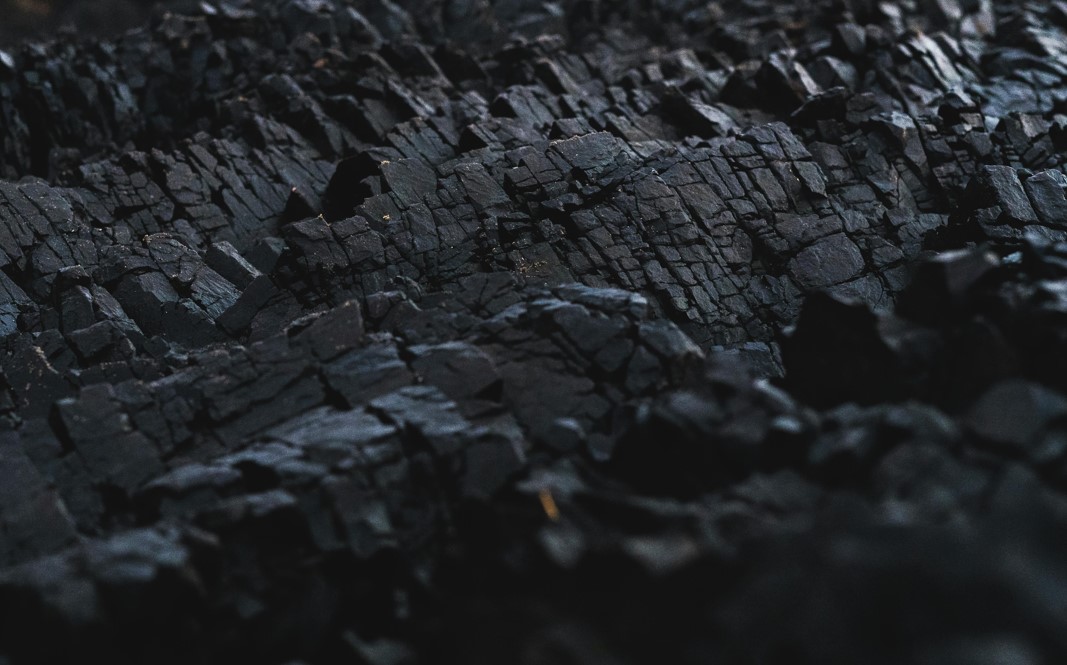Mining has long been associated with environmental challenges, especially concerning the significant impact on surface ecosystems. However, underground mining is gaining recognition for its role in reducing these impacts. By minimizing surface disruption, underground mining offers a more sustainable approach that aligns with environmental conservation goals. This article explores the key benefits of underground mining forenvironmental conservation, with a specific focus on reduced surface disturbance and its implications for the industry and local ecosystems.
What Does Reduced Surface Disturbance Mean In The Context Of Mining?
Reduced surface disturbance refers to minimizing the disruption of land, vegetation, and ecosystems caused by mining operations. Unlike surface mining, which requires extensive land clearing, underground mining operates below the surface, leaving the above-ground environment largely intact. This approach preserves natural habitats, reduces deforestation, and limits visual scars on the landscape.
How Does Underground Mining Contribute to Reduced Surface Disturbance?
Underground mining contributes to reduced surface disturbance through:
- Minimal land use: By focusing operations beneath the earth’s surface, underground mining requires less land area compared to open-pit mining.
- Controlled waste disposal: Waste materials are often stored underground, reducing the need for above-ground tailings.
- Targeted resource extraction: Advanced techniques ensure that only necessary materials are extracted, leaving surrounding areas undisturbed.
What Are The Benefits Of Reduced Surface Disturbance For Local Ecosystems?
The ecological benefits of reduced surface disturbance are significant:
- Preservation of biodiversity: Natural habitats for plants and animals remain largely unaffected.
- Soil and water protection: Minimizing surface disruption prevents soil erosion and reduces water contamination risks.
- Climate regulation: Forested areas and vegetation, which act as carbon sinks, remain intact, aiding in climate change mitigation.
Technological Innovations in Reduced Surface Disturbance
Modern technology has played a crucial role in advancing reduced surface disturbance in underground mining:
- Directional drilling: Allows precise targeting of ore deposits, minimizing unnecessary land disruption.
- Automated equipment: Reduces the need for large-scale excavation, limiting surface impacts.
- Real-time monitoring: Tracks environmental parameters to ensure minimal disruption during operations.
Challenges in Implementing Reduced Surface Disturbance in Mining
Despite its benefits, implementing reduced surface disturbance comes with challenges:
- Higher costs: Underground mining often requires significant investment in technology and safety measures.
- Complexity of operations: Navigating underground environments demands specialized expertise.
- Environmental risks: While surface impacts are reduced, subsurface activities can lead to groundwater contamination or land subsidence.
Best Practices for Minimizing Surface Disruption in Underground Mining
Mining companies can adopt best practices to further reduce surface impacts:
- Conduct environmental impact assessments (EIA) before operations begin.
- Use backfill techniques to prevent surface collapse.
- Engage with local communities to address environmental concerns and implement reclamation projects.
Regulations and Standards for Surface Disturbance in Underground Mining
Strict regulations guide the mining industry in reducing surface impacts:
- Environmental Protection Agency (EPA): Mandates compliance with environmental conservation standards.
- Sustainable Mining Standards (IRMA): Provide a framework for responsible resource extraction, emphasizing reduced surface disturbance.
- Local permits and compliance: Many countries require mining operations to meet land preservation guidelines.
Economic Implications of Reduced Surface Disturbance in Mining
While the upfront costs of underground mining may be higher, the long-term economic benefits include:
- Reduced land reclamation costs: Minimal surface disruption lowers the expense of restoring ecosystems post-mining.
- Enhanced community relations: Eco-friendly practices build trust with local communities, fostering smoother operations.
- Sustainable profitability: Environmentally responsible practices appeal to investors and consumers seeking sustainable products.

Future Trends: Sustainable Mining Practices and Surface Protection
The future of mining lies in sustainable practices. Trends include:
- Green mining technologies: Innovations such as renewable energy-powered mining operations.
- Circular economy initiatives: Recycling and reusing materials to reduce extraction needs.
- Carbon-neutral mining goals: Reducing the industry’s carbon footprint through eco-friendly practices.
The Path Forward for Sustainable Underground Mining and Environmental Protection
The shift toward underground mining and reduced surface disturbance represents a critical step in reconciling resource extraction with environmental conservation. By prioritizing sustainable practices and leveraging technology, the mining industry can protect ecosystems while meeting global resource demands. As we look to the future, it is imperative that mining companies adopt innovative solutions, ensuring a balance between progress and preservation.

